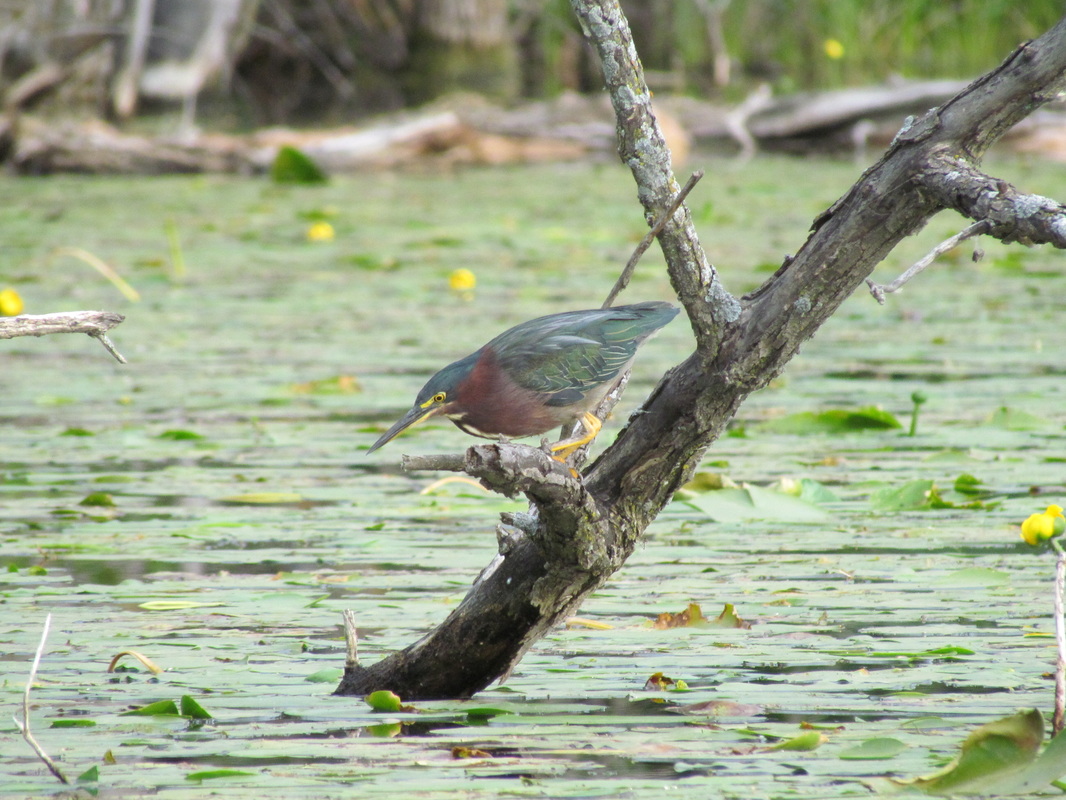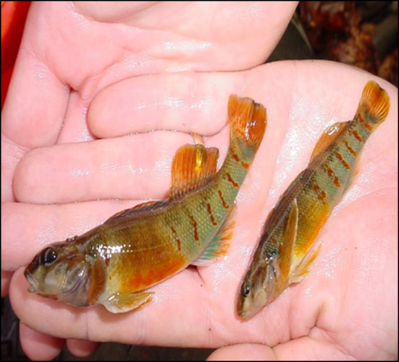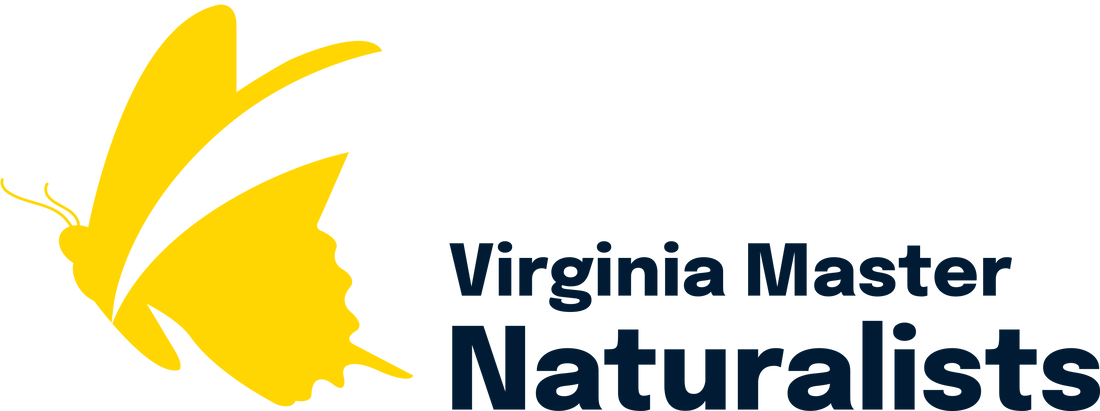 Green heron. Image from Virginia Department of Game and Inland Fisheries.
Green heron. Image from Virginia Department of Game and Inland Fisheries. By Chris Burkett, Virginia Department of Game and Inland Fisheries
Why is it so Difficult to Restore Endangered Species?
In 1973, when President Nixon signed the Endangered Species Act (ESA) into law, the nation made a profound statement. We said that wildlife are a valuable American resource, and we don’t want to squander our natural heritage. For more than 40 years, the nation’s conservation community has been trying to live up to this ideal. However, as we’ve learned, endangered species conservation can be incredibly difficult, expensive, and have significant impacts on people, communities, and economies.
Part of the problem is that when you are dealing with an endangered species, by definition, there are very few individuals of a particular species with which to work. It can take a long time for a population to breed, raise young, and expand into new areas. At the same time, these populations must still deal with predation, disease, illegal activities, and genetic bottlenecks. Very often, these problems are compounded by a lack of suitable habitats. To address these issues, the ESA includes a number of funding options to help species recover. The ESA also includes regulatory tools to make sure that individual animals (and plants) aren’t killed illegally and that occupied habitats aren’t destroyed. It is these regulatory tools that often result in bitter conflicts between landowners, communities, businesses, and conservationists.
While the ESA has successfully conserved diverse species like bald eagles, American alligators, and grizzly bears, it’s implementation has also proven to be expensive, time consuming, and politically contentious.
Is There a Better Way to do Things?
Beginning in the 1990s, after the political battles over northern spotted owls, snail darters, and gray wolves, many conservationists began asking if we are doing the right things regarding endangered species. The intent wasn’t to undermine the ESA but, rather, to find a more effective way to manage these species in ways that were not so expensive or injurious to people and communities. After years of discussion and debate, the consensus was that the best way to deal with endangered species is to keep species from becoming endangered in the first place. If you can keep healthy populations in healthy habitats then regulations might not be required and the conflicts can be avoided.
Working with Congress, the 56 state and territorial wildlife agencies, the U.S. Fish and Wildlife Service, and thousands of conservation partners hit upon an idea; a Federal-State-Private partnership to keep species from becoming endangered. At the core of this effort is each state’s Wildlife Action Plan that identifies the species of greatest conservation need, the habitats they require, the threats impacting these species and habitats, and actions that can be taken to address those threats.
Why is it so Difficult to Restore Endangered Species?
In 1973, when President Nixon signed the Endangered Species Act (ESA) into law, the nation made a profound statement. We said that wildlife are a valuable American resource, and we don’t want to squander our natural heritage. For more than 40 years, the nation’s conservation community has been trying to live up to this ideal. However, as we’ve learned, endangered species conservation can be incredibly difficult, expensive, and have significant impacts on people, communities, and economies.
Part of the problem is that when you are dealing with an endangered species, by definition, there are very few individuals of a particular species with which to work. It can take a long time for a population to breed, raise young, and expand into new areas. At the same time, these populations must still deal with predation, disease, illegal activities, and genetic bottlenecks. Very often, these problems are compounded by a lack of suitable habitats. To address these issues, the ESA includes a number of funding options to help species recover. The ESA also includes regulatory tools to make sure that individual animals (and plants) aren’t killed illegally and that occupied habitats aren’t destroyed. It is these regulatory tools that often result in bitter conflicts between landowners, communities, businesses, and conservationists.
While the ESA has successfully conserved diverse species like bald eagles, American alligators, and grizzly bears, it’s implementation has also proven to be expensive, time consuming, and politically contentious.
Is There a Better Way to do Things?
Beginning in the 1990s, after the political battles over northern spotted owls, snail darters, and gray wolves, many conservationists began asking if we are doing the right things regarding endangered species. The intent wasn’t to undermine the ESA but, rather, to find a more effective way to manage these species in ways that were not so expensive or injurious to people and communities. After years of discussion and debate, the consensus was that the best way to deal with endangered species is to keep species from becoming endangered in the first place. If you can keep healthy populations in healthy habitats then regulations might not be required and the conflicts can be avoided.
Working with Congress, the 56 state and territorial wildlife agencies, the U.S. Fish and Wildlife Service, and thousands of conservation partners hit upon an idea; a Federal-State-Private partnership to keep species from becoming endangered. At the core of this effort is each state’s Wildlife Action Plan that identifies the species of greatest conservation need, the habitats they require, the threats impacting these species and habitats, and actions that can be taken to address those threats.
 Darters. Image from the Virginia Department of Game and Inland Fisheries.
Darters. Image from the Virginia Department of Game and Inland Fisheries. Virginia’s New Wildlife Action Plan
Working with a host of partners, the Virginia Department of Game and Inland Fisheries (DGIF) has been creating a new Wildlife Action Plan (Action Plan) that is locally relevant and actionable. The new plan includes chapters for 21 multi-county planning regions in Virginia that are roughly analogous to Virginia’s Planning District Commissions. Each chapter identifies local priorities for species, habitats, threats and conservation actions. This Action Plan tries to address diverse issues including habitat fragmentation, climate change, and water pollution. Finally, this new Action Plan tries to find ways to conserve wildlife while also doing good things for people. We hope that the Action Plan will inspire greater collaboration among the existing conservation community while also helping DGIF work more effectively with partners, communities, and landowners.
Some of the most important actions we can take involve conserving and restoring the quality of our water. Over 65% of our Action Plan species are aquatic and live in rivers, wetlands, and caves. These species become threatened when the quality of our riparian and upland habitats is threatened allowing sediment and other pollutants to flow into adjacent aquatic systems. In addition to impacting our rivers, the loss or degradation of our riparian and upland forests, shrublands, and grasslands also threaten the other 35% of Action Plan species that rely upon these terrestrial habitats. Water is also critically important to communities for drinking water, recreation, agriculture, and economic development. It is possible for us to do good things for wildlife while doing good things for people.
Are There Opportunities for Master Naturalists?
It is our hope that the Master Naturalist chapters will find conservation opportunities within this Action Plan. With your training and connection to the local communities, there are many ways that chapters can contribute towards implementation. Opportunities could range from contributing to riparian forest restoration to helping document the success of conservation actions, or contributing to national efforts documenting the status of species such as bumble bees or monarch butterflies. Finally, much of this information will be new to communities, and master naturalists are ideally suited to help local officials understand how they can make the best use of this Action Plan. The opportunities are nearly endless, and we look forward to exploring them with you.
The draft 2015 Wildlife Action Plan is available on DGIF’s website at: http://www.bewildvirginia.org/wildlife-action-plan/draft/. It will be presented to the Virginia Board of Game and Inland Fisheries during their August meeting after which it will be submitted to the U.S. Fish and Wildlife Service for final approval.
Working with a host of partners, the Virginia Department of Game and Inland Fisheries (DGIF) has been creating a new Wildlife Action Plan (Action Plan) that is locally relevant and actionable. The new plan includes chapters for 21 multi-county planning regions in Virginia that are roughly analogous to Virginia’s Planning District Commissions. Each chapter identifies local priorities for species, habitats, threats and conservation actions. This Action Plan tries to address diverse issues including habitat fragmentation, climate change, and water pollution. Finally, this new Action Plan tries to find ways to conserve wildlife while also doing good things for people. We hope that the Action Plan will inspire greater collaboration among the existing conservation community while also helping DGIF work more effectively with partners, communities, and landowners.
Some of the most important actions we can take involve conserving and restoring the quality of our water. Over 65% of our Action Plan species are aquatic and live in rivers, wetlands, and caves. These species become threatened when the quality of our riparian and upland habitats is threatened allowing sediment and other pollutants to flow into adjacent aquatic systems. In addition to impacting our rivers, the loss or degradation of our riparian and upland forests, shrublands, and grasslands also threaten the other 35% of Action Plan species that rely upon these terrestrial habitats. Water is also critically important to communities for drinking water, recreation, agriculture, and economic development. It is possible for us to do good things for wildlife while doing good things for people.
Are There Opportunities for Master Naturalists?
It is our hope that the Master Naturalist chapters will find conservation opportunities within this Action Plan. With your training and connection to the local communities, there are many ways that chapters can contribute towards implementation. Opportunities could range from contributing to riparian forest restoration to helping document the success of conservation actions, or contributing to national efforts documenting the status of species such as bumble bees or monarch butterflies. Finally, much of this information will be new to communities, and master naturalists are ideally suited to help local officials understand how they can make the best use of this Action Plan. The opportunities are nearly endless, and we look forward to exploring them with you.
The draft 2015 Wildlife Action Plan is available on DGIF’s website at: http://www.bewildvirginia.org/wildlife-action-plan/draft/. It will be presented to the Virginia Board of Game and Inland Fisheries during their August meeting after which it will be submitted to the U.S. Fish and Wildlife Service for final approval.


 RSS Feed
RSS Feed